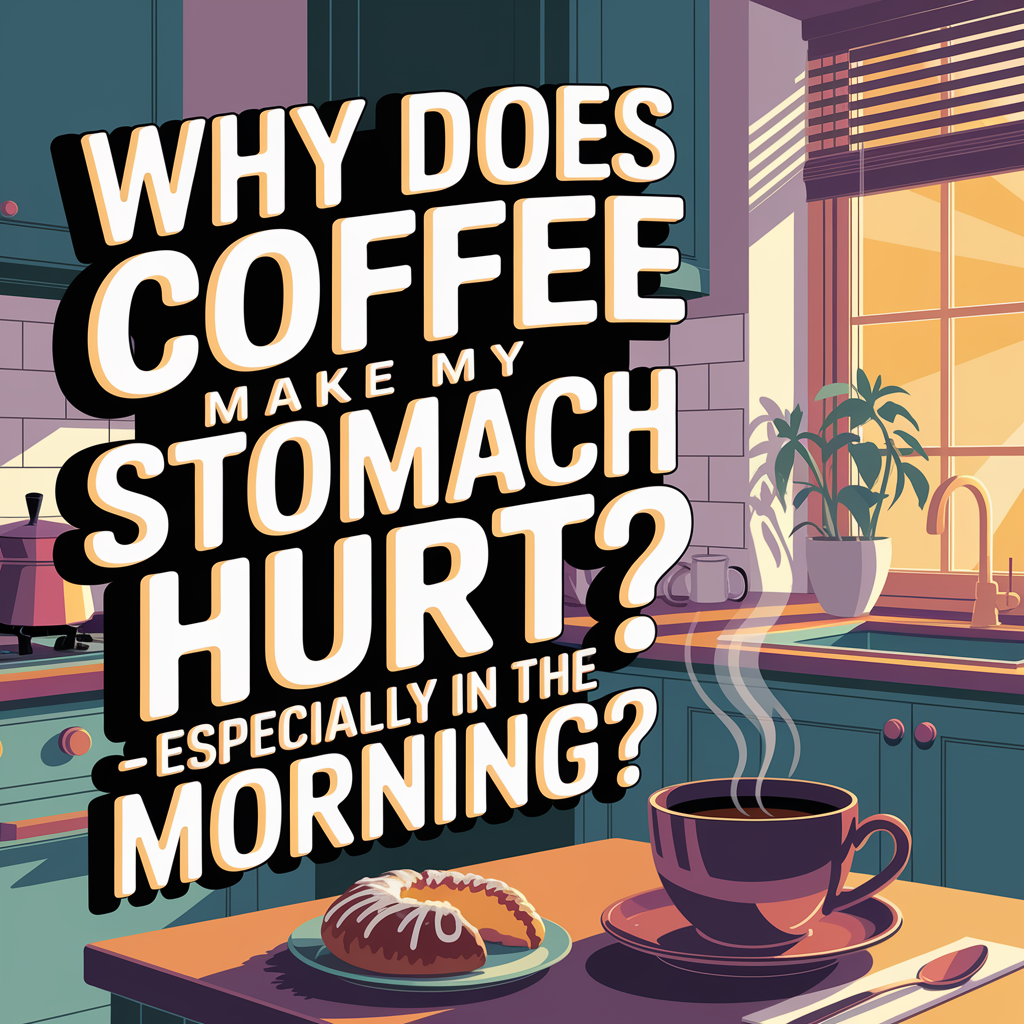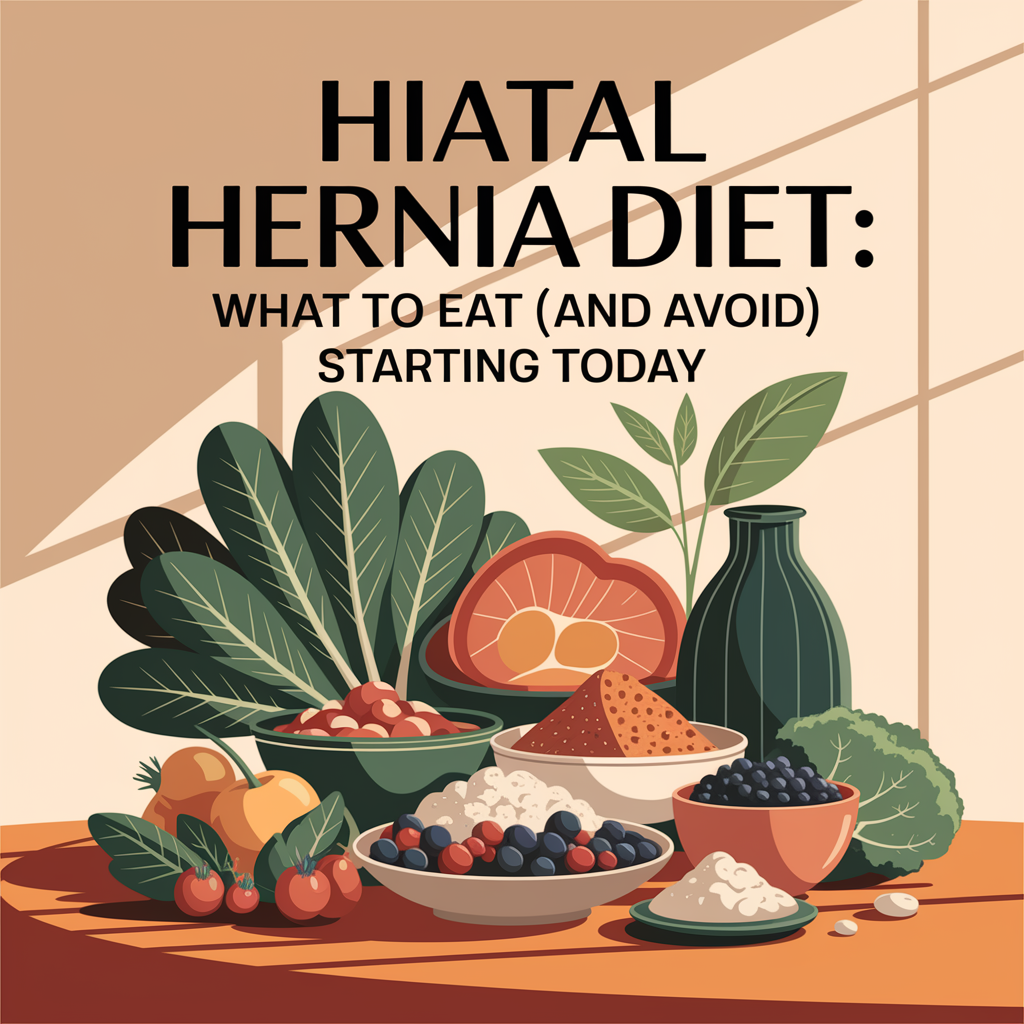
Why diet matters when living with a hiatal hernia
I’ll be honest—when I was first diagnosed with a hiatal hernia, no one sat me down and explained how important my diet was. They just handed me some reflux meds and told me not to eat spicy food. But after dealing with months of uncomfortable bloating, burning in my chest, and that “stuck” feeling after meals, I realized food had way more power over my symptoms than I’d been told.
The truth is, what you eat—and how you eat it—can make or break your day when you’re living with a hiatal hernia. Certain foods increase acid production or pressure in your abdomen, which can push your stomach further into your chest and trigger everything from heartburn to shortness of breath. But once I started shifting what was on my plate (and when I ate it), the difference was night and day.
In this article, I’ll share exactly what foods made my symptoms worse, what helped calm things down, and how I eat now to feel like myself again—without living on medication or giving up everything I enjoy.

What foods are best for a hiatal hernia?
Once I got serious about improving my hiatal hernia diet, I started building meals around foods that were gentle, low-acid, and easy on digestion. These are the ones that gave me the most relief—and bonus, they helped my overall gut health too.
The foods that made the biggest difference:
- Oatmeal and whole grains – These kept me full and helped with regularity. This list of gut-friendly grains was a game-changer when I got bored of just plain oats.
- Leafy greens – Spinach, kale, and romaine gave me nutrients without triggering reflux.
- Lean proteins – Baked chicken, turkey, tofu, and fish worked best. I kept red meat and anything greasy to a minimum.
- Bananas and melons – These fruits were sweet but low in acid, which made them perfect for snacks.
- Low-fat dairy – Yogurt and small amounts of cheese sat better with me than full-fat versions.
- Warm water or herbal teas – I stayed away from icy drinks and anything carbonated.
It wasn’t about creating the “perfect” meal plan—it was about finding combinations that worked with my body, not against it. I’ll dive into what foods to avoid next, because unfortunately, there are plenty of triggers to watch for too.

What foods should you avoid with a hiatal hernia?
This was the part that frustrated me the most at first—realizing how many of my go-to snacks and comfort foods were actually making things worse. Once I started tracking my symptoms, though, the pattern became clear. Certain foods caused almost instant discomfort, especially if I ate them too fast or too late.
If you’re trying to clean up your hiatal hernia diet, here are the main foods I had to ditch (or at least seriously limit) to stop the burning, bloating, and tight-chest feeling:
Foods that triggered my symptoms the most:
- Fried and greasy foods – Burgers, fries, even fried veggies caused instant regret
- Tomato-based sauces – Pizza, spaghetti, and chili were some of the worst offenders
- Citrus fruits and juices – Oranges, lemons, and even grapefruit made my throat feel like it was on fire
- Chocolate – Sad but true, it relaxes the lower esophageal sphincter (LES), which can lead to reflux
- Caffeinated drinks – Coffee, soda, and energy drinks were no-go’s for me
- Alcohol – Especially wine or beer with meals—major trigger
- Mint – Even peppermint tea or gum made my symptoms spike
The good news:
You don’t necessarily have to give these up forever. Once your symptoms calm down, you might be able to reintroduce some foods in small amounts. But during flare-ups or stressful weeks, I learned to keep it clean and simple—and my gut thanked me for it.
If you’re battling heartburn daily, you might also want to check out these home remedies for heartburn. I found a few of them worked better than medication and were easier on my system overall.
The key is learning your triggers and listening to your body. Not every food affects everyone the same way, but these common culprits are worth testing one at a time so you don’t throw your gut into chaos.

Can fiber help with hiatal hernia symptoms?
I didn’t connect the dots at first, but when I started increasing my fiber intake, my hiatal hernia symptoms became a lot more manageable. Constipation and straining made everything worse—more pressure in my abdomen meant more reflux, more bloating, and more discomfort after meals. Once I got regular (finally), things started to calm down.
Why fiber helps:
- It keeps digestion moving, reducing the chances of bloating and pressure
- It helps prevent constipation, which is a major trigger for hernia flare-ups
- It supports a healthier gut microbiome—something I’ve written about in my post on 5 simple lifestyle changes for gut health
At first, I focused on adding foods like:
- Oats and chia seeds
- Lentils and black beans
- Cooked veggies (raw ones were too harsh during flare-ups)
- Apples (peeled), bananas, and sweet potatoes
My go-to supplement:
When I couldn’t get enough fiber from food alone, I started using Benefiber Prebiotic Fiber + Supergreens. It blended easily into water, didn’t bloat me, and gave my gut the boost it needed without making things worse. And the watermelon lemonade flavor didn’t hurt either.
The key for me was starting slow. Too much fiber too fast gave me more discomfort at first. But once I found the balance, it seriously helped my digestion and reduced the post-meal pressure that used to send me straight to the couch groaning.
If your hiatal hernia symptoms flare up every time you eat or use the bathroom, increasing fiber—gently and consistently—can be one of the simplest things to turn that around.
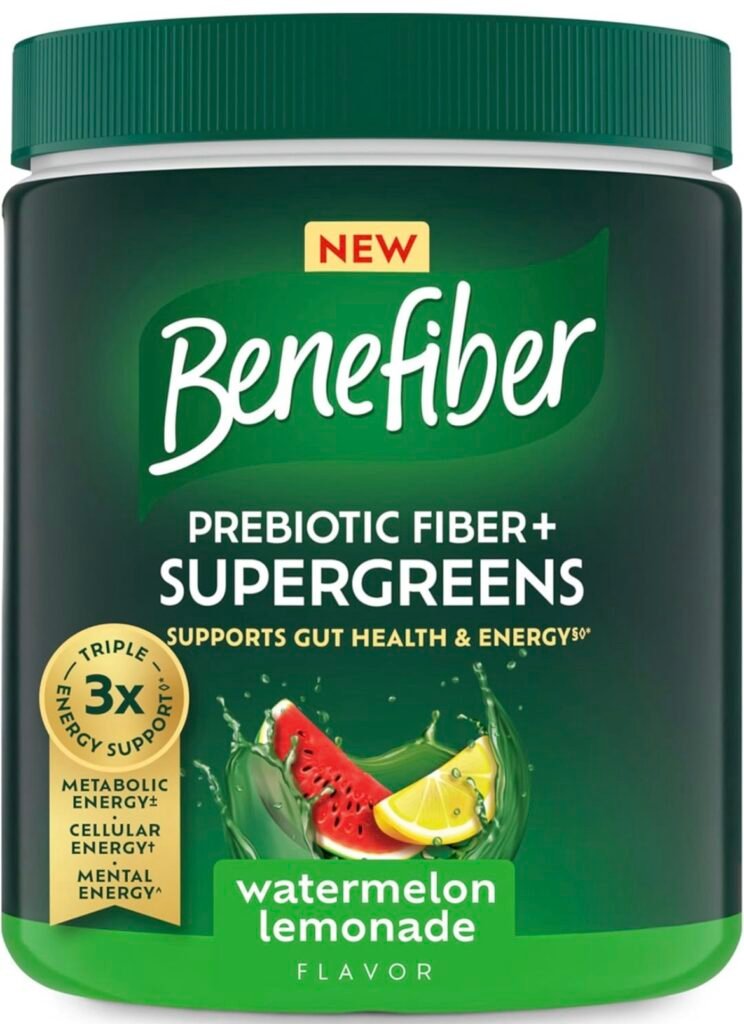
The importance of small meals and eating slowly
This tip sounded too simple to matter—until I actually tried it. Eating large meals used to leave me feeling stuffed, bloated, and full of regret. It turns out, big portions create more abdominal pressure, which can force your stomach further up through the diaphragm, making reflux and discomfort worse. With a hiatal hernia, that pressure is your worst enemy.
What I started doing instead:
- Eating smaller, more frequent meals—usually 4–5 a day
- Chewing thoroughly and putting my fork down between bites
- Taking at least 20–30 minutes to finish a meal
- Avoiding lying down for 2–3 hours after eating
These tiny changes made a massive difference. No more heavy chest after meals or random reflux while watching TV. Plus, eating slowly gave my body time to signal fullness—so I didn’t overeat without realizing it.
If you’re also dealing with weird gurgling or bloating after meals, check out this guide about stomach gurgling at bedtime. It helped me understand how digestion doesn’t stop when the fork hits the plate.
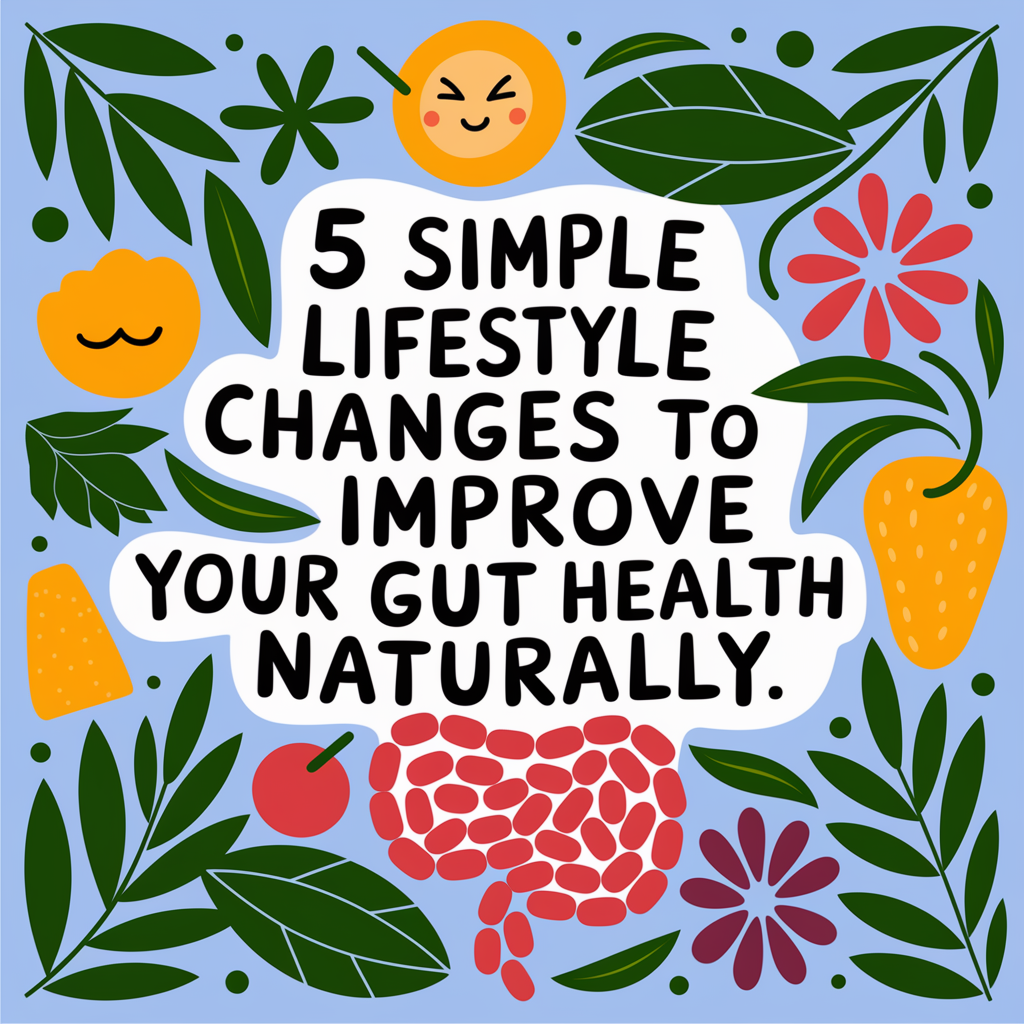
A sample hiatal hernia-friendly day of eating
I don’t follow a strict meal plan, but once I found foods that didn’t trigger me, I started sticking to a rhythm that worked. If you’re looking for a hiatal hernia diet you can actually stick with, here’s what a typical day looks like for me:
Breakfast
- Warm oatmeal with chia seeds and banana slices
- Herbal tea (no caffeine) or warm lemon water
Mid-morning snack
- A handful of unsalted almonds or a small smoothie with spinach and oat milk
- Sometimes I’ll mix in a scoop of Benefiber + Supergreens
Lunch
- Grilled chicken with steamed carrots and quinoa
- Small salad with olive oil dressing (no acidic vinegar)
Afternoon snack
- Sliced melon or baked sweet potato cubes
- Chamomile tea if I’m feeling bloated
Dinner
- Baked fish or turkey, mashed sweet potatoes, and sautéed spinach
- No dessert (I know, but trust me—my sleep got way better without late-night sugar)
Before bed
- A little warm water or a few sips of low-acid herbal tea
- I also try to stay upright and walk a bit after dinner
This style of eating helped reduce pressure, avoided food triggers, and gave my digestion the calm space it needed to do its job. And on days I didn’t get enough fiber, I used this gentle stool softener to keep things moving without strain or cramps.

Can you still eat out or enjoy your favorite foods?
Absolutely—you just have to be a little strategic. When I first started managing my hiatal hernia diet, I thought eating out was off-limits. I imagined a future of bland, home-cooked meals forever. But with a few smart tweaks and a little prep, I found I could still enjoy restaurants and even some comfort foods without regretting it afterward.
Here’s what worked for me when eating out:
- Grilled instead of fried – I always ask for grilled chicken or fish
- Skip the bread basket – Too much starch before the meal usually triggered bloating
- Request sauces on the side – Tomato-based and creamy sauces were major triggers, but controlling the portion helped
- No soda – Bubbles = pressure. I go with still water or herbal tea
- Sit up and take my time – No rushing, no reclining after the meal
I’ve also learned that portion control is everything. Even if the food is technically safe, a double portion can undo all your hard work.
If you’re struggling with heartburn even when eating “safe” foods—or even drinking water—this article might help you troubleshoot: Why do I get heartburn from drinking water?. It helped me figure out when the issue was less about what I ate and more about how I ate it.
Eating out with a hiatal hernia isn’t about restriction—it’s about awareness. Once you know your body’s boundaries, you can still enjoy food without fear. I do it all the time now, and honestly, I enjoy it more because I’m not battling reflux the whole drive home.
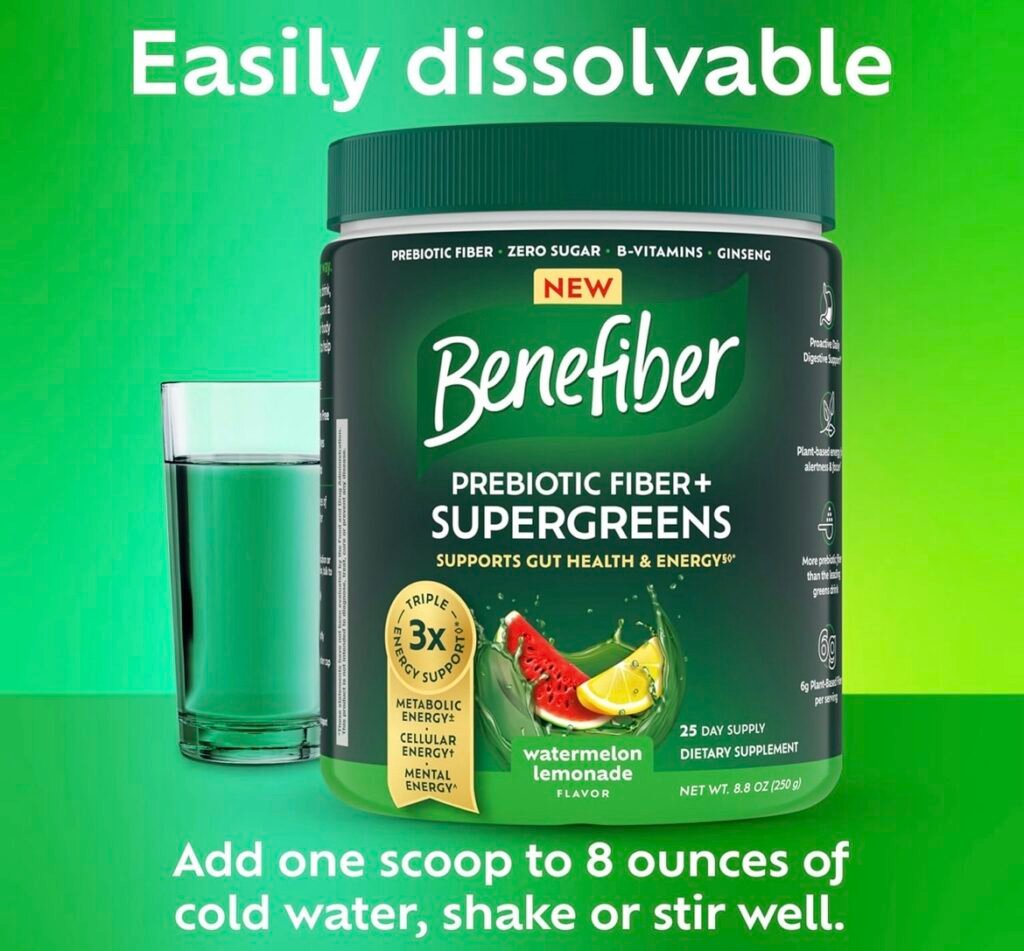
Tips that helped me avoid flare-ups and feel human again
Once I got into a routine, managing my hiatal hernia diet stopped feeling overwhelming. It wasn’t about being perfect—it was about noticing patterns and stacking small wins that made me feel better day by day. Here are the things that helped me the most, especially during tough weeks:
1. I stopped eating past 7 PM
Late-night meals were one of my biggest triggers. Now, I give my stomach time to empty before lying down, and it made a huge difference in my sleep and reflux.
2. I added more fiber, but slowly
Rushing into fiber gave me gas and bloating, but easing in with Benefiber Prebiotic Fiber + Supergreens helped regulate everything. I paired that with more gut-friendly whole foods like oats and bananas.
3. I managed constipation before it caused pressure
When I ignored it, I paid the price with chest pressure and bloating. Using a daily stool softener helped me stay regular without the side effects I got from harsher laxatives. For harder resets, I turned to Milk of Magnesia—a lifesaver on stubborn days.
4. I stopped lying flat after eating
This might be one of the simplest but most effective tips. Even just staying upright and going for a walk after meals stopped so many reflux flare-ups. I also raised the head of my bed, which you can learn more about in my guide on stomach gurgling at bedtime.
5. I paid attention to stress
Stress tightens everything—your gut, your chest, your whole digestive rhythm. On anxious days, my hernia always acted up. That’s why I started focusing on mental health too, which I dive into more in this post about the gut-brain connection.
Once I got consistent with these habits, my symptoms were fewer, milder, and less scary. I started feeling more like myself—and way less like I was just managing symptoms all day long.

Let your diet be your daily defense
When I finally understood how much power my daily meals had over my symptoms, everything changed. I stopped waiting for the next flare-up and started building a routine that worked with my body, not against it. Managing a hiatal hernia diet doesn’t mean cutting out everything you love—it just means learning what fuels your healing and what feeds the fire.
What helped me most wasn’t perfection—it was consistency:
- Eating smaller meals, slower and earlier in the day
- Staying upright after eating, and elevating my head while sleeping
- Adding daily fiber like Benefiber + Supergreens to avoid pressure buildup
- Using a gentle stool softener when needed, and Milk of Magnesia when I needed extra help
- Learning which foods to eat and which to avoid to reduce inflammation and acid
And if you haven’t yet figured out which type of hernia you’re dealing with, you might want to check out this full breakdown of hiatal hernia types. It helps connect the dots between your symptoms and what’s going on inside.
Healing takes time—but with the right food, the right habits, and the right mindset, you can absolutely start feeling like yourself again. I did—and I promise you can too.

As an Amazon Associate we earn from qualifying purchases through some links in our articles.

